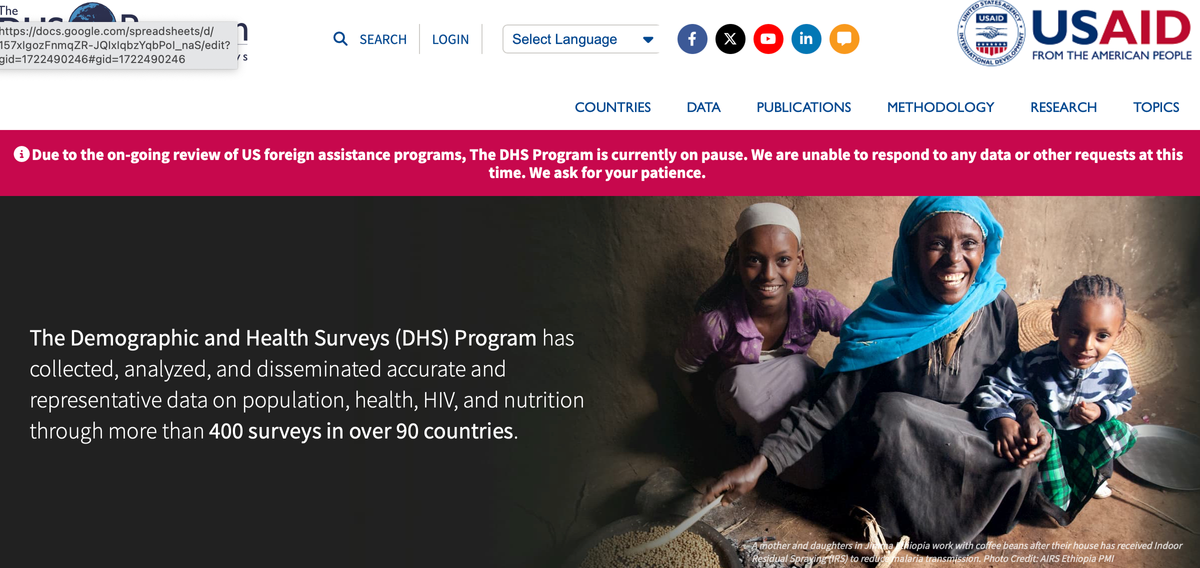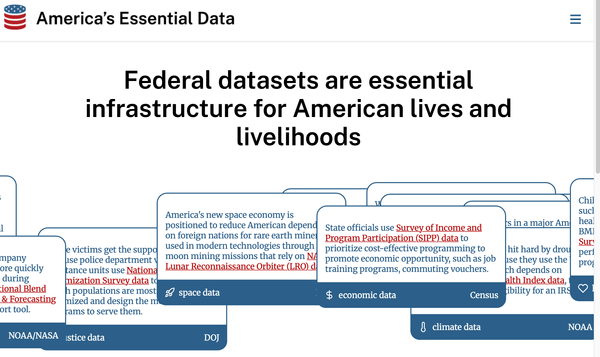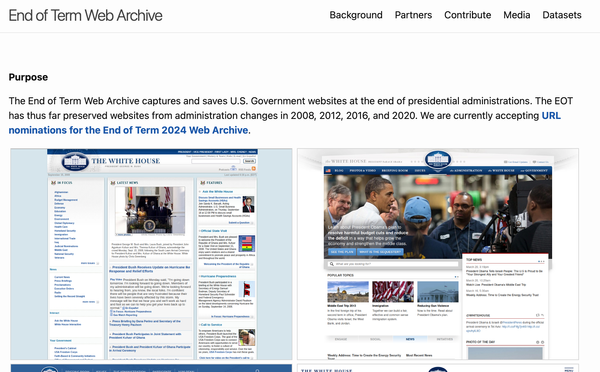USAID’s Demographic Health Surveys

For the past forty years, USAID's Demographic Health Surveys (DHS) have been an invaluable source of data that captured information about fertility, family planning, maternal and child health, gender, HIV/AIDS, literacy, malaria, nutrition, and sanitation for over 90 low and middle income countries throughout the world. Unfortunately, given recent cuts at USAID, the raw survey and microdata from the DHS is no longer accessible.
The good news is that the Data Rescue Project has managed to save all of the summary data generated from this program in DataLumos. These are population-level estimates that were generated from the sample surveys to provide statistics at a country and country-subdivision level, as well as summaries for several demographic categories. An early effort saved data on foreign assistance as well as most of the indicator data from the DHS API, packaged in annual JSON files. Our latest effort captured everything in the indicators database: all the variables, documentation and codebooks, and reports tied to specific survey datasets. The data in this iteration is organized by survey for a specific country, survey, and year and is provided in both a JSON and CSV format, which will make it easy for researchers to find and access data they're interested in.
The DHS Spatial Data Repository has also been archived. It includes GIS vector shapefiles for country subdivisions, indicator data that are tied to these subdivisions for mapping, gridded survey estimates in a raster format, and population estimates and covariates that can be associated with different places. Lastly, it looks like most (possibly all) of USAID's publications have been saved in a dedicated collection in the Internet Archive.
Thank you to all the Data Rescue volunteers for helping to preserve these critical datasets!
Update: Our partners at IPUMS hosted a webinar in March on using the DHS data (and more).




